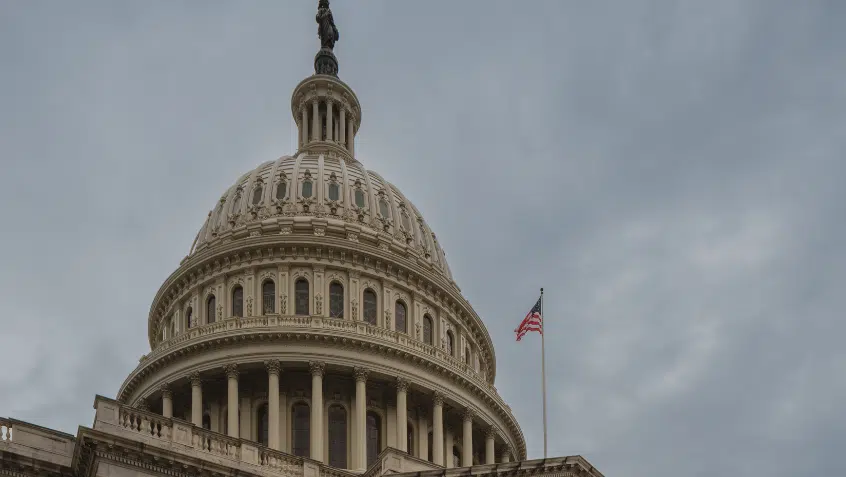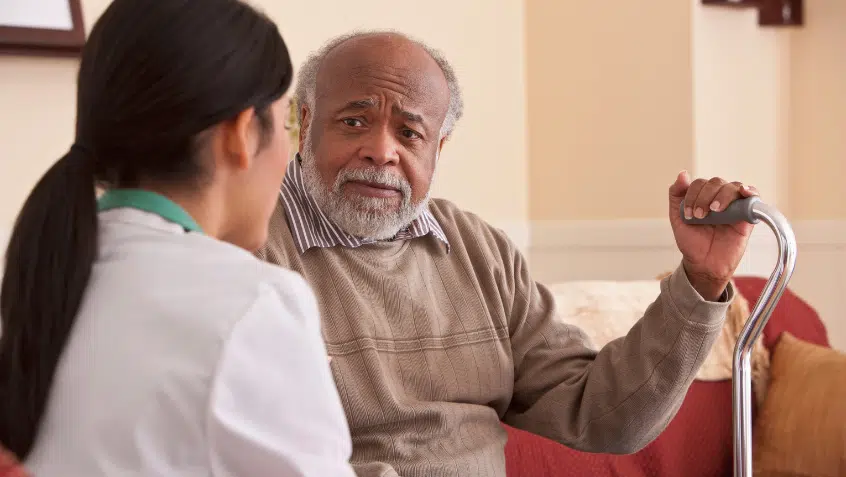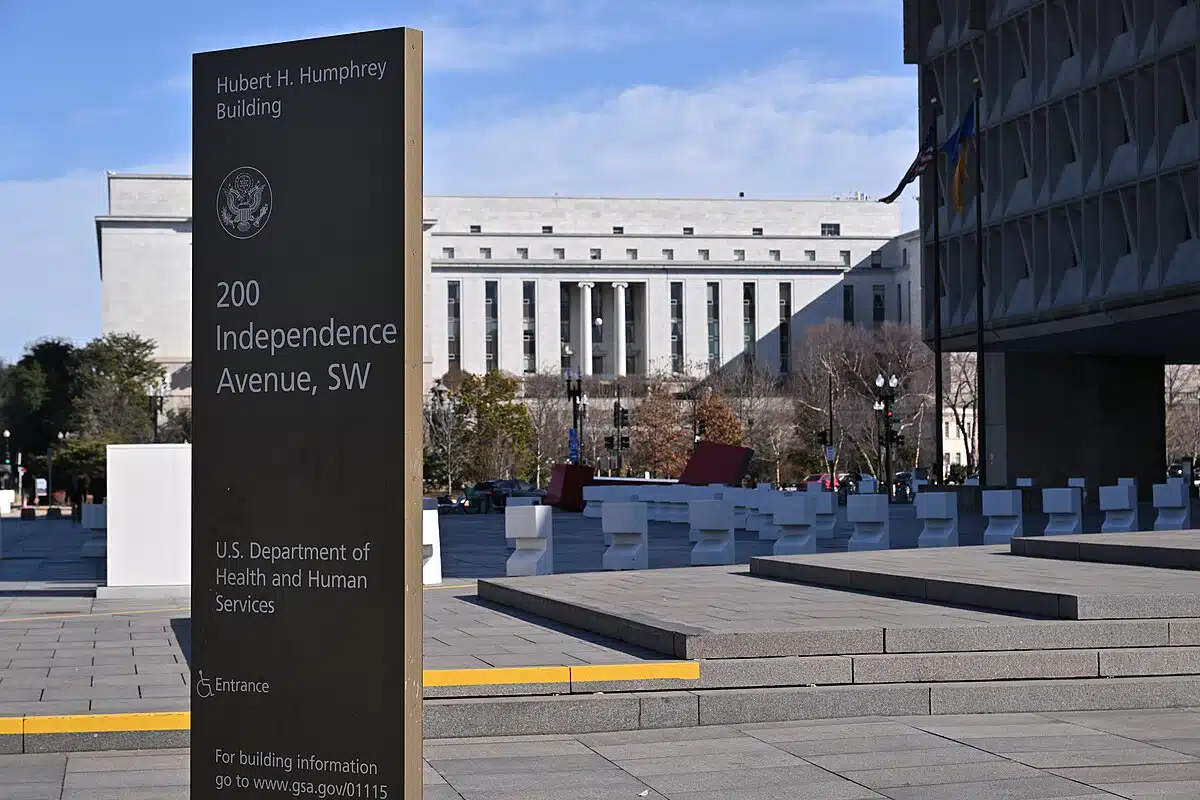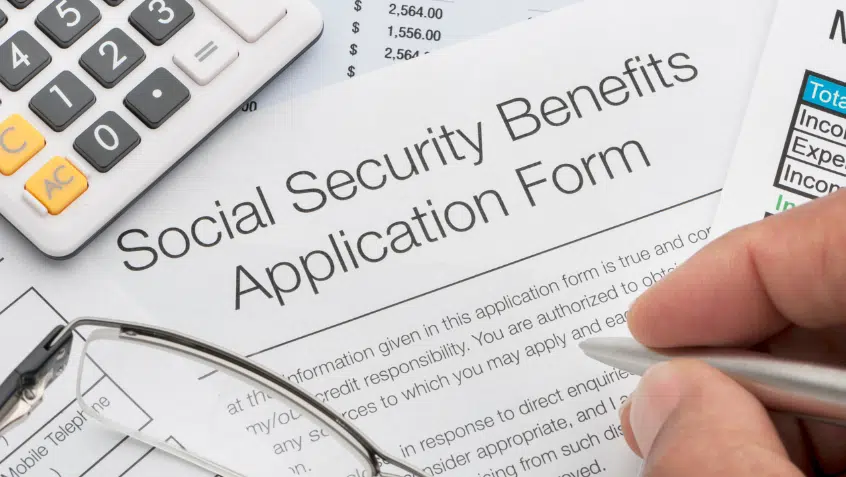According to New OIG Report, COVID-19 Wreaked Devastation on Medicare Beneficiaries in Nursing Homes
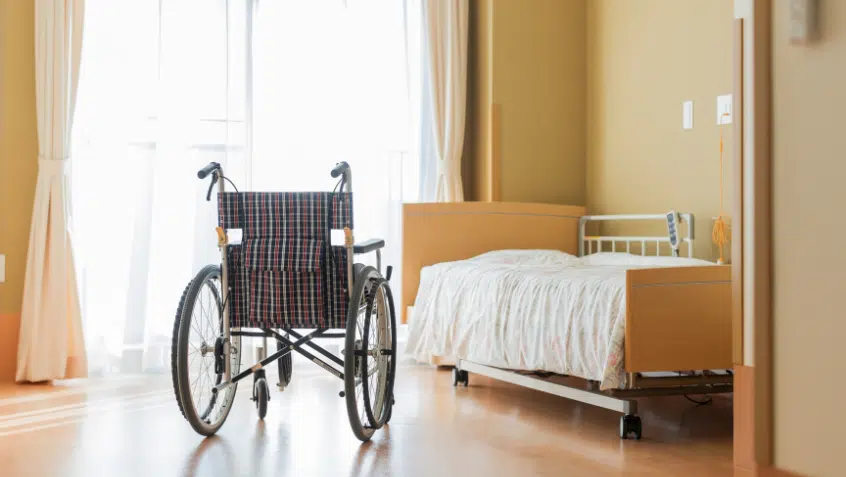
This week, the U.S. Department of Health and Human Services Office of Inspector General (OIG) released a report that demonstrated the devastating impact of COVID-19 on people with Medicare who reside in nursing homes. While it was clear from early in the public health emergency that older adults and people with disabilities were disproportionately harmed by COVID-19 and that nursing homes were particularly dangerous, some of the data had not been compiled and available until now.
The OIG found that 42% of Medicare beneficiaries who resided in nursing homes were diagnosed with COVID-19 or likely COVID-19 in 2020. Over half of Black beneficiaries and nearly half of Hispanic and Asian beneficiaries in nursing homes had or likely had COVID-19. At the height of the pandemic, over 6,600 beneficiaries were being diagnosed with COVID-19 or likely COVID-19 per day. The infection rate was the same across age groups and genders, but it was higher for people who are dually eligible for both Medicare and Medicaid.
The staggering numbers of infections in nursing homes took a huge toll, increasing the mortality rate for beneficiaries across age groups and genders in nursing homes by 32% over 2019, with Asian, Hispanic, and Black beneficiaries seeing the largest increases. These data demonstrate the urgent need to increase the pandemic readiness of nursing homes, reduce the number of people in nursing homes through better at-home supports, and better prepare the national infrastructure for future public health emergencies. They also show, as previous data has shown, that COVID-19 disproportionately affects communities of color.
The Latest
Most Read
Add Medicare to Your Inbox
Sign up to receive Medicare news, policy developments, and other useful updates from the Medicare Rights.
View this profile on InstagramMedicare Rights Center (@medicarerights) • Instagram photos and videos

